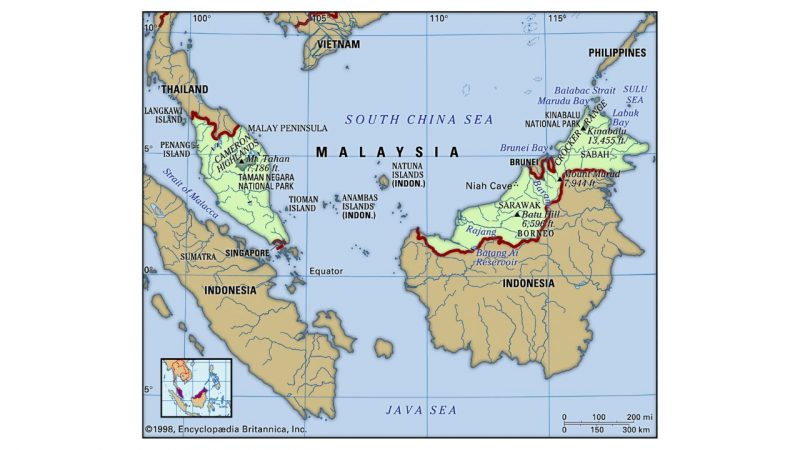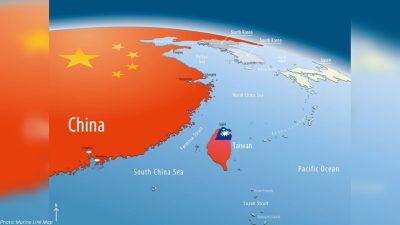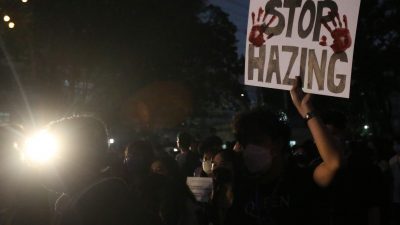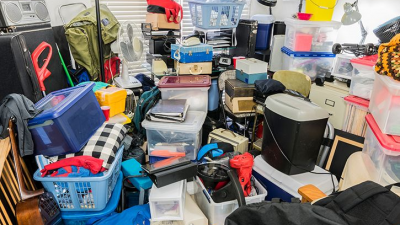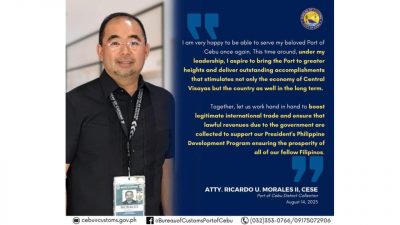
I SAID IT BEFORE BUT I’d say it again: It’s high time for Malaysia, the Philippines, and Indonesia to set aside their differences, find common interests and unite to revive the Maphilindo to deter the advancement of China’s social-imperialism.
And I believe President Ferdinand “Bongbong” Marcos Jr., the first majority-elected Chief Executive in a multiparty electoral race, can initiate the revival of the vision to establish Maphilindo as he embarked on a three-day state visit to Malaysia.
In a recent press briefing at Malacañang, a spokesman of the Department of Foreign Affairs (DFA) disclosed that the President would meet with the king of Malaysia and Prime Minister Anwar Ibrahim, and they are expected to identify new areas of synergy between the two countries.
Will Maphilindo ever cross their minds?
Formed in Manila by virtue of an eponymous declaration signed in 1963 by Prime Minister Tunku Abdul Rahman of the Federation of Malaya, President Diosdado Macapagal of the Republic of the Philippines and President Sukarno of the Republic of Indonesia, Maphilindo aimed to remove artificial barriers built by colonial empires to divide people of the Malay race.
Unfortunately, only a month after its inception the agreements soon mired in geopolitical disputes among the Philippines, Malaysia, and Indonesia.
But I always believe in the proverbial saying that hope springs eternal.
Even our own national hero Dr. Jose Rizal once dreamed of uniting the Malay peoples who were only forced to be divided by their respective colonizers.
Notably, the Philippines was under the yoke of Spanish colonialism for 330 years then sold for 20 million dollars only by Spain to the United States which ruled for 40 years, then got invaded by Japan for being a US ally and occupied for three years, and finally “granted” independence by the US in 1946.
On the other hand, it was in December 1949 when the Dutch formally recognized Indonesian independence in the face of international pressures while Malaysia eventually became independent from British rule on Sept. 16, 1963.
Except for religious differences as the Philippines is predominantly a Christian nation while Malaysia and Indonesia profess the Islamic faith, the peoples of these three countries in Southeast Asia share many striking similarities.
Take for example, the word “sapato” in Indonesia and “sepatu” in Malaysia is “sapatos” in the Philippines. That is, of course, shoes in the English language.
Filipinos, Malaysians, and Indonesians also generally have the same facial features, brown skin color, and physique.
I really believe that reviving Maphilindo will not only deter China’s social-imperialism but will also serve as the beginning of Lao Zi’s proverbial “thousand miles journey” to ensure peace, freedom and economic progress for the unified Malay race. (AI/MNM)

